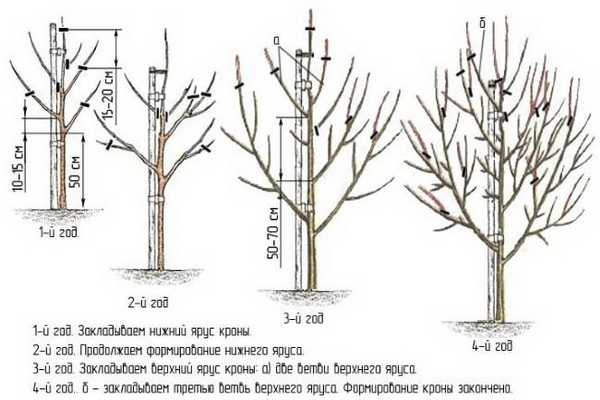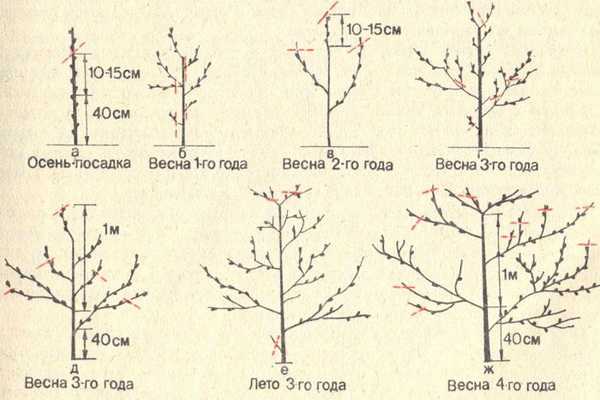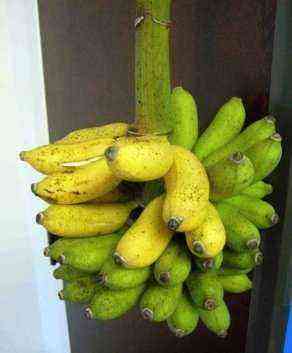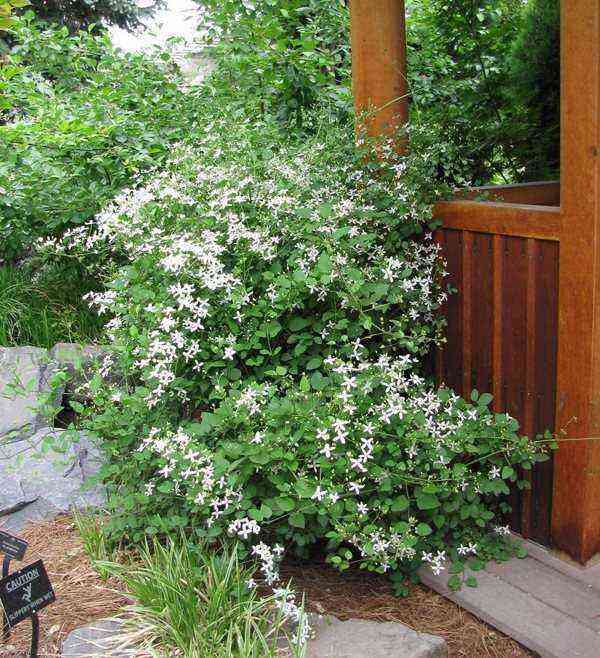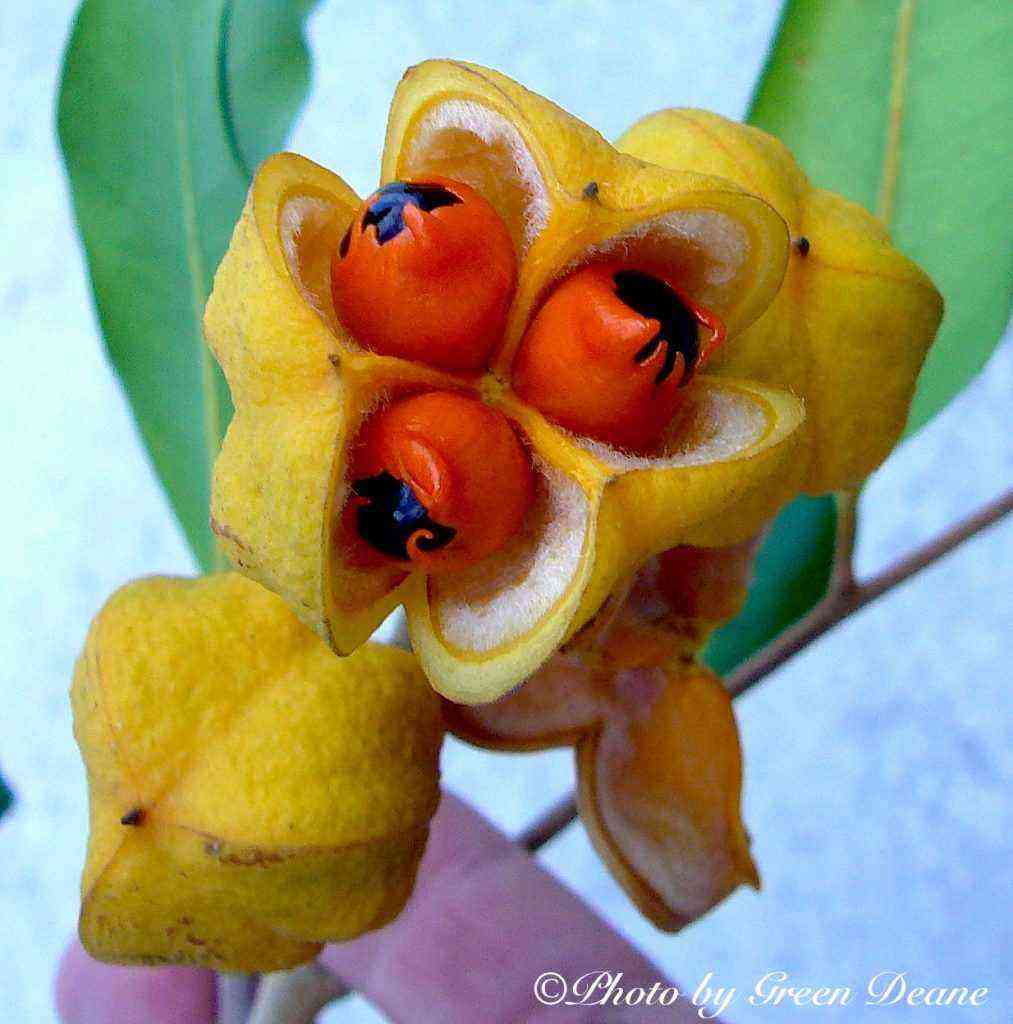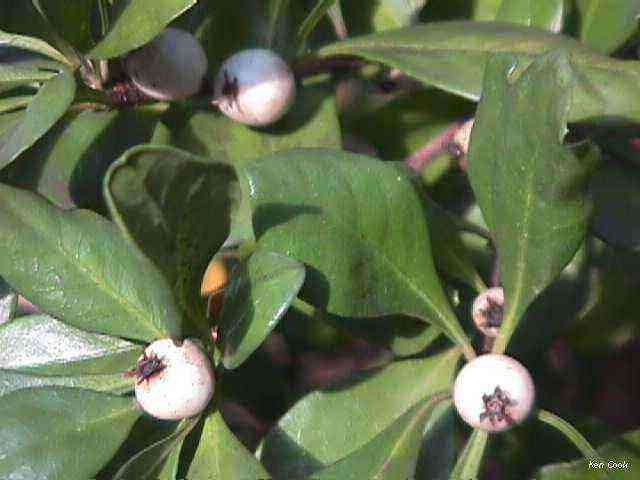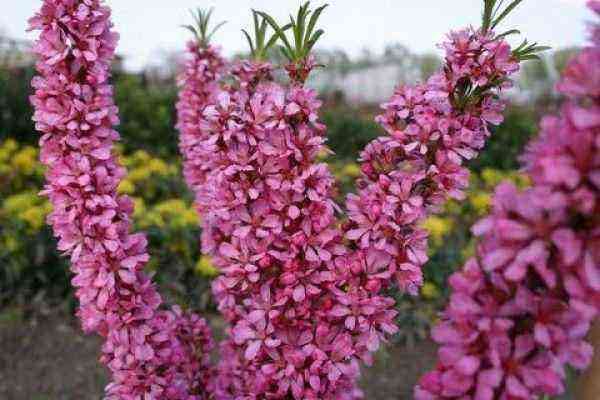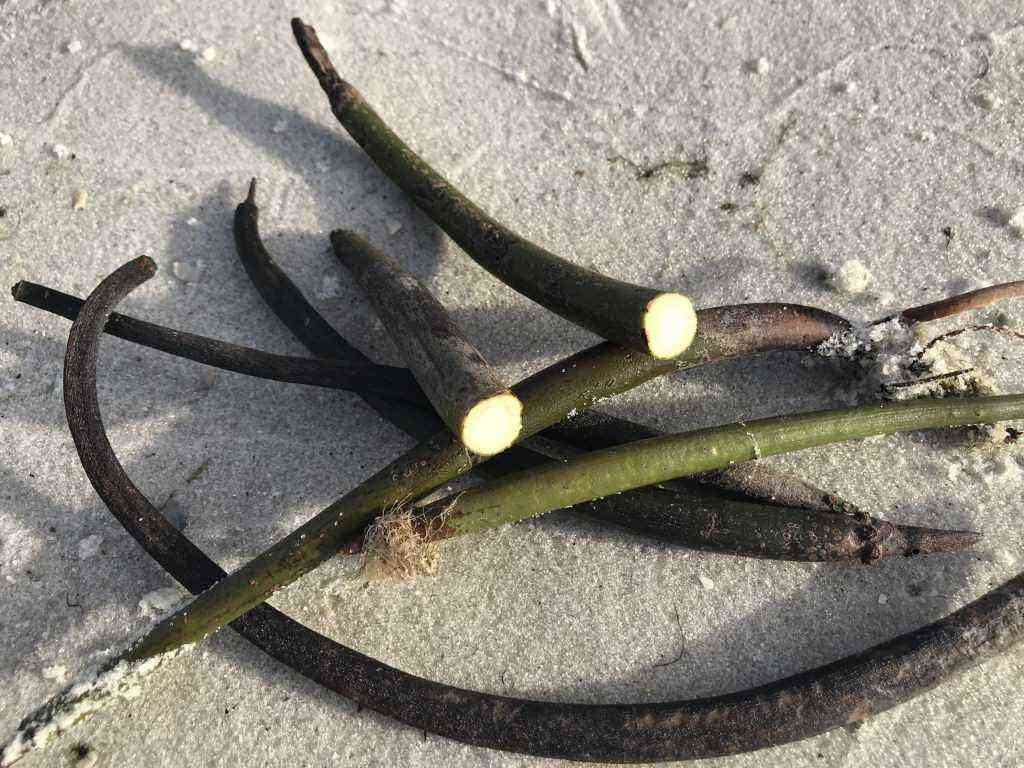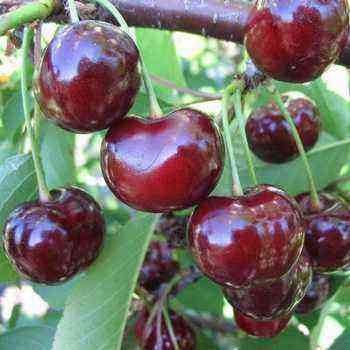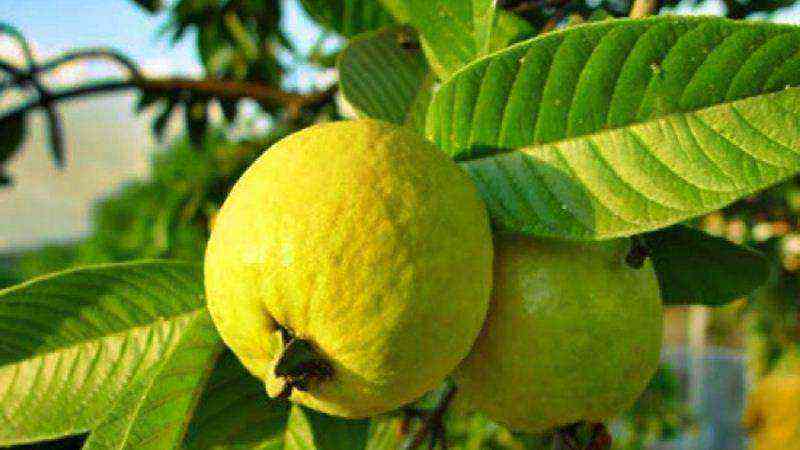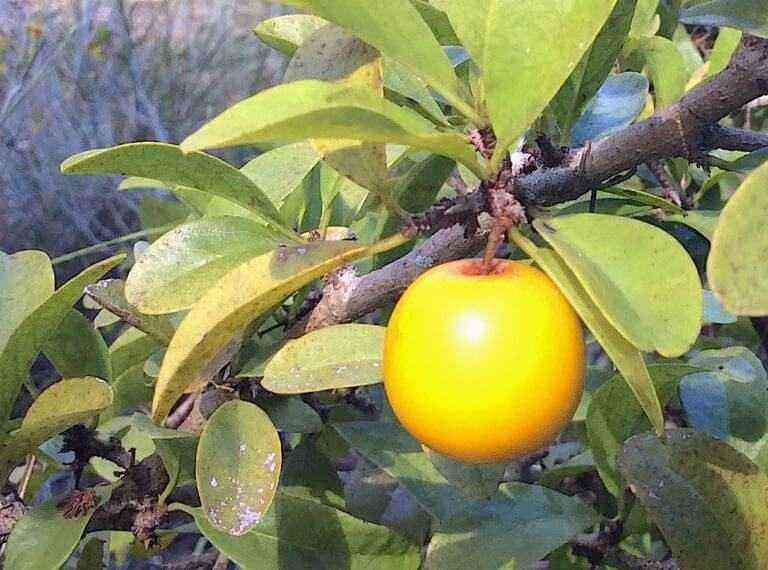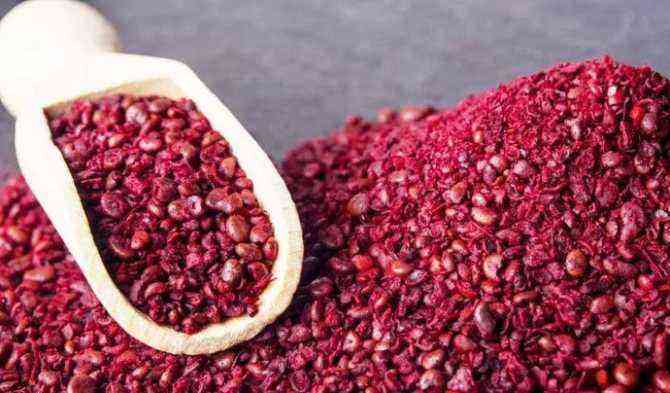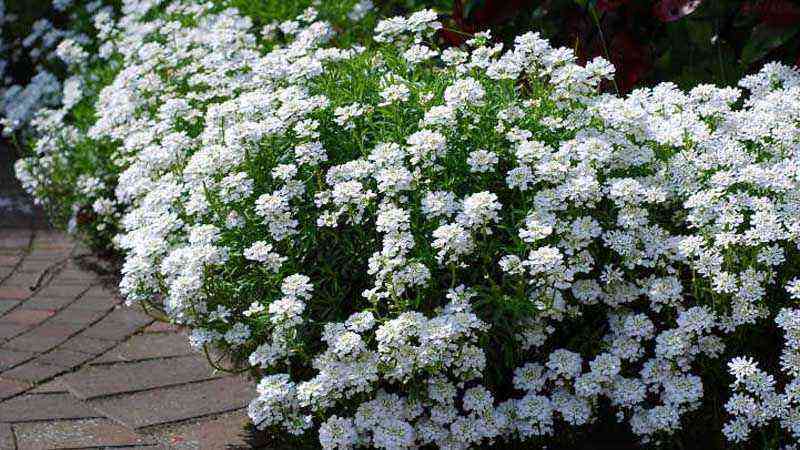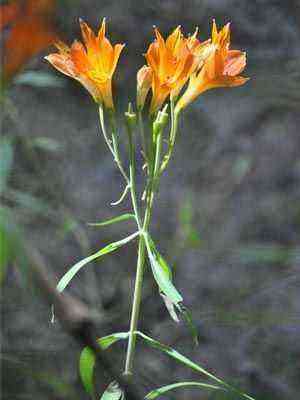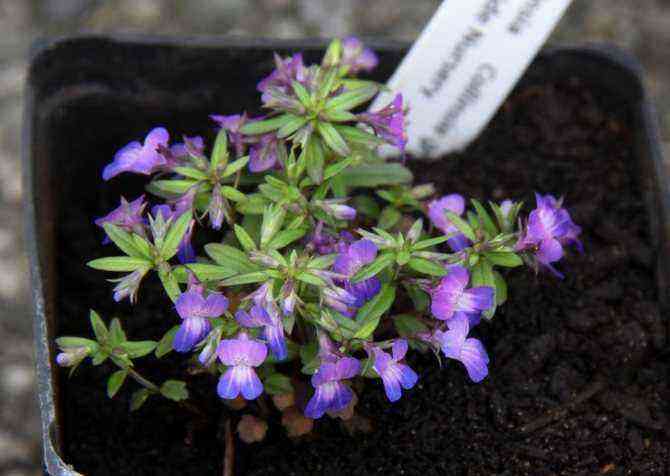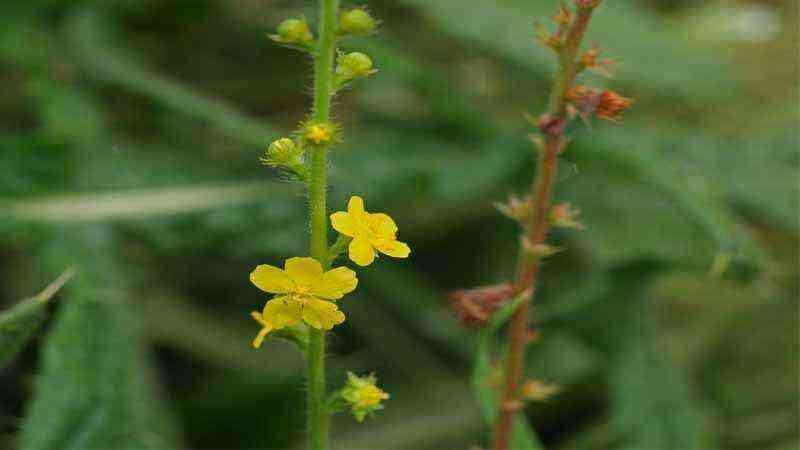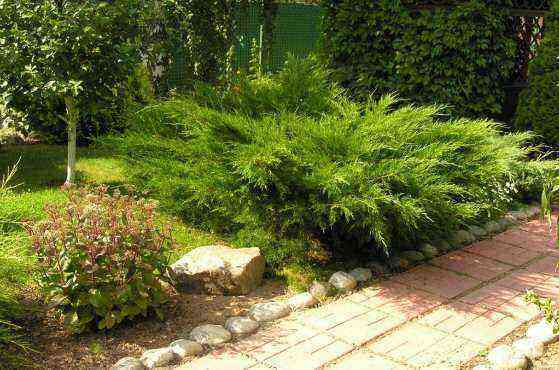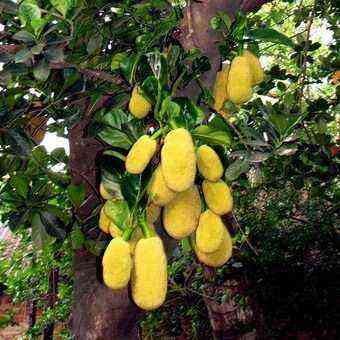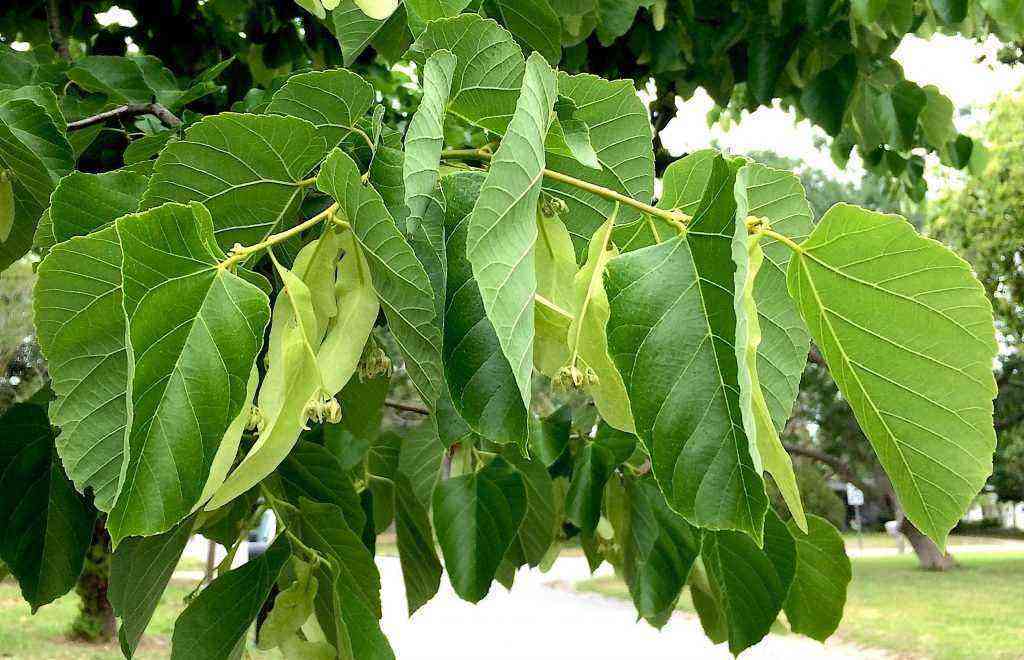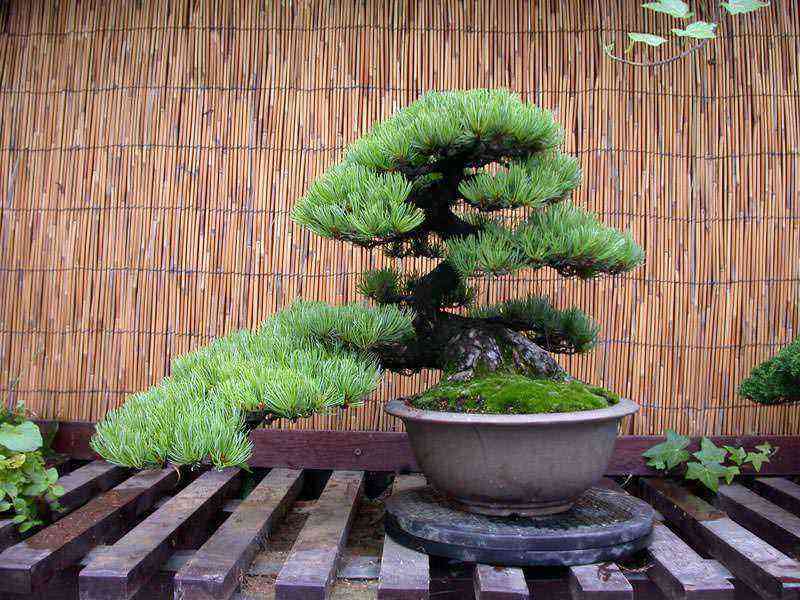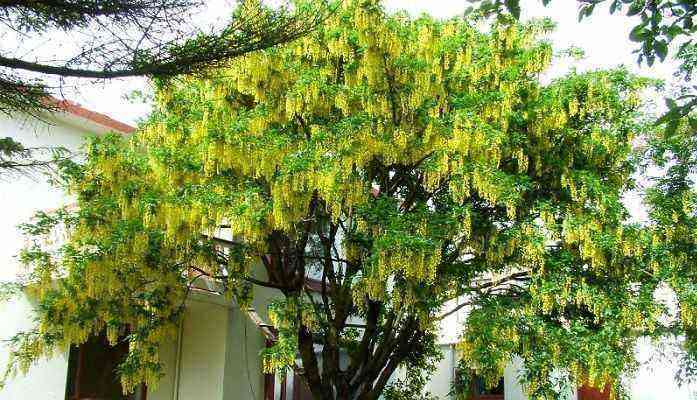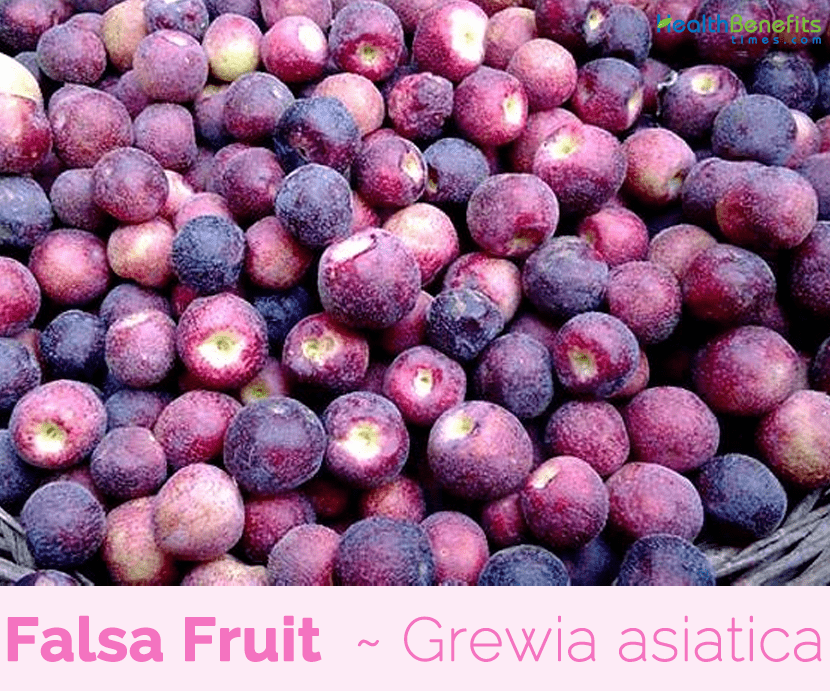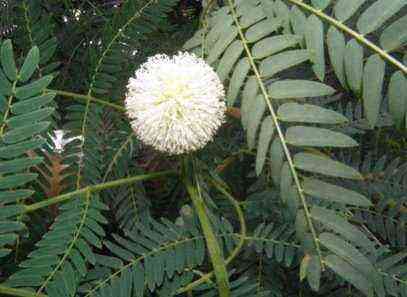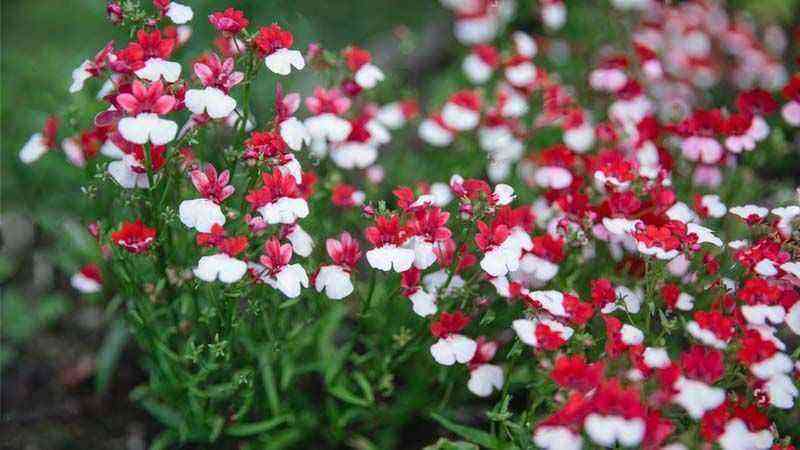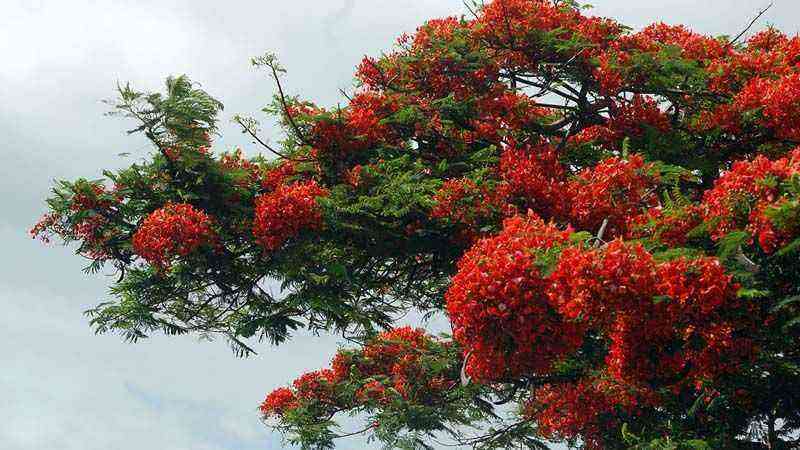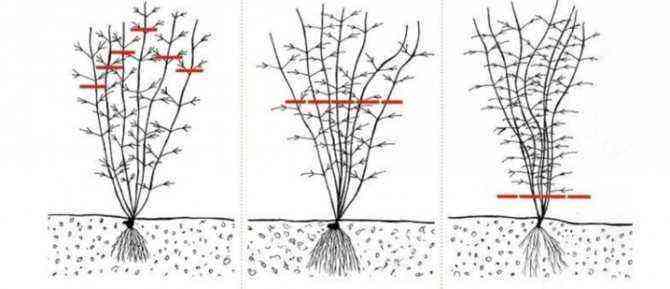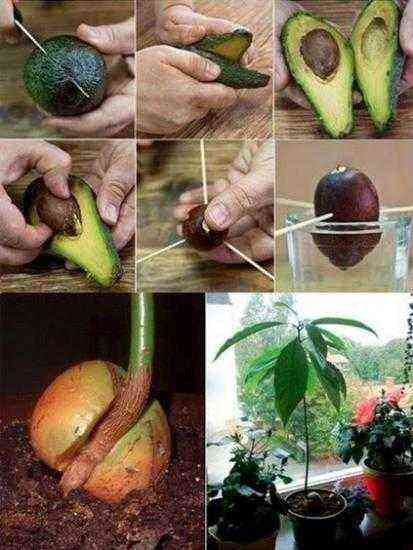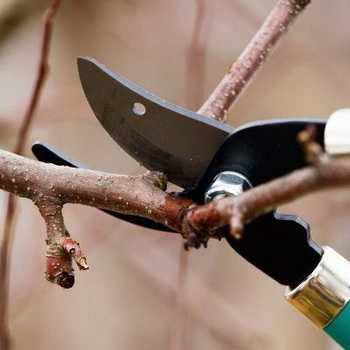
How to prune a pear
The similarity of a pear in growth and fruiting with an apple tree also predetermines the similarity in the formation and pruning of its plants. In the predominant part of pear varieties, the buds wake up well in the spring, but long shoots, except for the apical and competitors, do not grow. More and more fruit twigs, spears, ringlets are formed. Later they turn into fruits and fruits. Therefore, in pear trees, the crown skeleton is usually strong, the subordination of the branches is good and the lighting is quite normal for photosynthesis, the setting of flower buds and fruiting. According to the strength of growth, varieties of weak, medium and vigorous are distinguished. The vigorous ones form pyramidal crowns with a well-defined powerful trunk. In dwarfs, the crowns are usually wide, sometimes spreading. Their trunk stands out weakly from other branches. According to the natural character of growth, the formation is selected. Medium- and vigorous-growing ones fit better into sparse-tiered and non-tiered crowns, and low-growing ones, in addition, are quite suitable for creating fusiform crowns. Suitable for pear and palmette shaping.
Pruning pear trees in the early years and up to fruiting is not much different from pruning apple trees. Cutting out competitors, extra branches. Very strong annual branches are shortened by ½-1/3, and not very strong weaker ones – by ¼-1/5. At the same time, they make sure that the cut falls on the outer bud in pyramidal growing plants, and on the inner bud in spreading ones. In the first case, this will slightly expand the crown, and in the second, it will give it a more compact appearance. A characteristic feature of plants of many varieties of pears is the tendency to form tops, even at a young age. Especially if the trees freeze. Basal and stem shoots are often formed. Of course, all these tops and shoots must be removed, unless some are needed to form or replace the overgrowing and main branches.
This diagram shows how to prune the branches of a pear:
Prune mature pear trees regularly. This will prevent unwanted growth gains. Normalize the number of overgrowing branches. Start rejuvenating plants when the length of annual growths of the shoots of the continuation of the main branches will be somewhere around 20 cm. Remember that at this time there can be a significant overload of plants with generative, already aging branches. Normalize them, that is, thin out and rejuvenate.
In this video, budding gardeners can watch how pruning a pear tree is done:
How to prune an apricot
Due to the high early ripening of buds, apricot is characterized by two or even three waves of growth in one growing season. The awakening of the buds in apricot, like in all stone fruits, is very high. Almost all normally developed kidneys start growing. And the shoot-forming ability in the first years is very high, but as the age of the tree increases, it gradually weakens. Apricot bears fruit on annual branches, bouquet twigs and spurs. Bouquet twigs and spurs are generally short-lived. Their life span is 2-3 years, although there are also five-year fruit formations. With the weakening of tree growth and a decrease in the length of the shoots, the group buds disappear. Instead, single flower buds are formed on short shoots. After fruiting, such branches are bare. Older branches are also exposed, because with weak growth, short-lived spurs and bouquet branches die off, and new ones are not formed. Therefore, the optimal state of plants should be considered one in which the length of the shoots is at least 40 cm. It is on these features of growth and fruiting that pruning of an apricot is based, although there are some nuances that will be discussed later.
The best crown shape for an apricot is a tiered crown with 6-7 main branches, which are spaced at intervals of about 40 cm. An improved tiered crown is also possible. But in this case, the number of branches in the first tier is limited. There should be no more than two of them. And even so, the distance between the two branches should be at least 10 cm, and better if it is 20 cm.
Start forming the crown with an annual plant. If a one-year-old with no branches, cut it at a height of about 90 cm. If there are enough branches, select two, preferably directed along the row, and shorten them 1/2 of the length. Cut the rest into a ring. Leave the center conductor 20-25 cm above the ends of these two main branches. In the summer, cut out competitors and branches that branch off at an acute angle. In subsequent years, lay the rest of the branches, the number of which should correspond to the adopted formation system. On these branches, form second-order branches at a distance of 35-40 cm from one another. Keep an eye on the subordination between them, the main branch and the center conductor. By shortening the excess branches on the central conductor, turn them into overgrowing ones. At the same time, shorten strong annual branches (longer than 60 cm) by 1/2 of their length in plants of highly branching varieties and by 2/3 – in weakly branching, branches 40-60 cm long, respectively, by 1/3 and 1/2, and more let the short and overgrown branches grow freely. After laying the last main branch, and it acquires a stable position, that is, after a year, cut the central conductor above this branch.
How to properly prune an apricot tree is shown in this diagram:
In fruiting plants, shorten strong branches in varieties with good branching by 1 / 3-1 / 4, and in varieties with weak ones – by 1/2. It is very useful to apply summer chasing of shoots to strongly growing apricot trees. Shorten strong shoots at the ends of branches by 1/2, lateral strong ones – by 2/3, weak ones – by 1/4 length. This promotes later differentiation of buds and avoiding frost, since flowering on branches grown after summer pruning is delayed by about a week.
After summer operations, be sure to remove some of the weak branches when pruning in the spring in order to prevent trees from overloading with flowering and fruiting. Of course, this work is not an end in itself, but only an addition to the necessary thinning and shortening of branches.
When the length of the shoots is 30 cm, start rejuvenating the branches. If the moment is missed, and the length of the shoots has become much shorter, you will have to increase the degree of pruning. In all cases of branch rejuvenation, try to make cuts over strong or relatively strong branches growing in the right direction. The pruning zone, as usual, is placed in those areas of the branches where the annual growth was of the optimal length.
